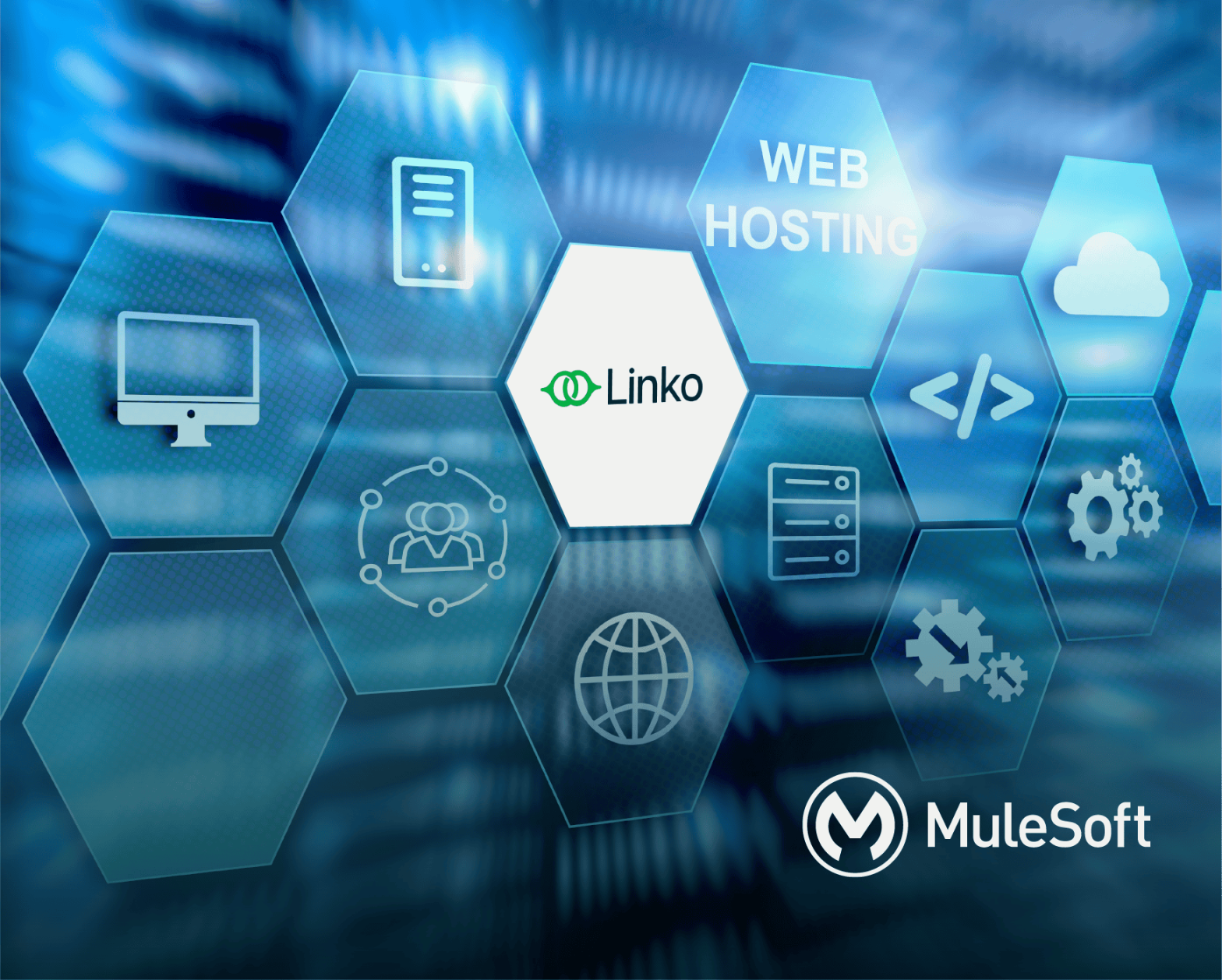Introduction: from storage to action
Today, the challenge is no longer about collecting data but about turning it into strategic decisions. According to Tableau, 98.6% of executives want a data-driven culture, yet only 32.4% have achieved it successfully. This gap highlights a critical issue: organizations invest heavily in technology, but data doesn’t always translate into competitive advantage.
In many cases, Data Lakes become massive repositories of information that remain underutilized. The real question is not how much data you have, but how many valuable decisions you can generate from it.
The promise and the risk of the Data Lake
A Data Lake is a repository that stores all types of data—structured, semi-structured, and unstructured—in its original format for later processing. When managed with quality and governance, it enables diverse information to be correlated and transformed into agile, actionable insights.
The problem arises when lack of control, alignment, or strategy turns this resource into a “data swamp”: disorganized, redundant, and unreliable. Instead of being a lever for innovation, it becomes a barrier.
Challenges that limit the value of data
While the Data Lake holds enormous promise, many organizations discover that implementation alone doesn’t guarantee results. Excessive information, lack of governance, and weak alignment with strategy often prevent companies from moving from accumulation to real value creation. The most common challenges include:
- Poor data quality: duplicates, inconsistencies, or incomplete records erode trust in analytics teams.
- Lack of governance: absence of traceability and controls increases regulatory and security risks.
- Data silos: lack of integration across sources prevents a holistic view of the business.
- Misalignment with strategic goals: analytics investments that fail to impact sales, efficiency, or customer experience.
- Low cultural adoption: teams continue to rely on intuition instead of evidence-based decision-making.
Solutions to turn data into strategic decisions
For a Data Lake to deliver real value, organizations need a comprehensive approach:
- Define high-impact use cases: prioritize scenarios such as demand forecasting, fraud detection, or customer personalization.
- Implement data governance: ensure data is clean, traceable, secure, and consistently reliable.
- Design robust data integration pipelines: build automated flows that collect, transform, and update information from different sources in real time.
- Connect with advanced analytics and AI: apply predictive models and machine learning to anticipate trends, risks, and opportunities.
- Promote a data-driven culture: train and empower teams to make data part of every decision.
- Measure outcomes: define KPIs that demonstrate ROI, such as cost reduction, revenue growth, or improved customer satisfaction.
Overcoming barriers to unlock business value
Overcoming the challenges associated with Data Lakes requires far more than just implementing technology. Success depends on designing an integrated strategy that combines processes, governance, and organizational culture. Only then can data evolve from being a difficult-to-manage asset into the foundation for decisions that drive growth, efficiency, and competitive differentiation.
To achieve this, organizations should focus on the following key actions:
- Define high-impact use cases: prioritize concrete scenarios like demand forecasting, fraud detection, or customer personalization.
- Implement data governance: establish clear rules for quality, traceability, and security to build trust in the information.
- Enable automated data integration flows: ensure data from multiple sources reaches the Data Lake continuously, reliably, and in an updated format.
- Leverage advanced analytics and AI: apply predictive models and machine learning to anticipate business challenges and opportunities.
- Build a data-driven culture: empower employees with the skills and mindset to use data in everyday decision-making.
- Track business results: use KPIs to show tangible value—cost savings, sales growth, efficiency gains, or enhanced customer experience.
Conclusion: from data to value
The journey from Data Lake to strategic decisions does not rely on technology alone. It requires purpose, governance, integration, organizational culture, and a results-driven approach.
Companies that close this gap will be better prepared to anticipate risks, seize new opportunities, and build sustainable competitive advantages.
At Linko, we help organizations transform data from a stored liability into a strategic asset that fuels innovation and growth. Get in touch with us to start the journey.






